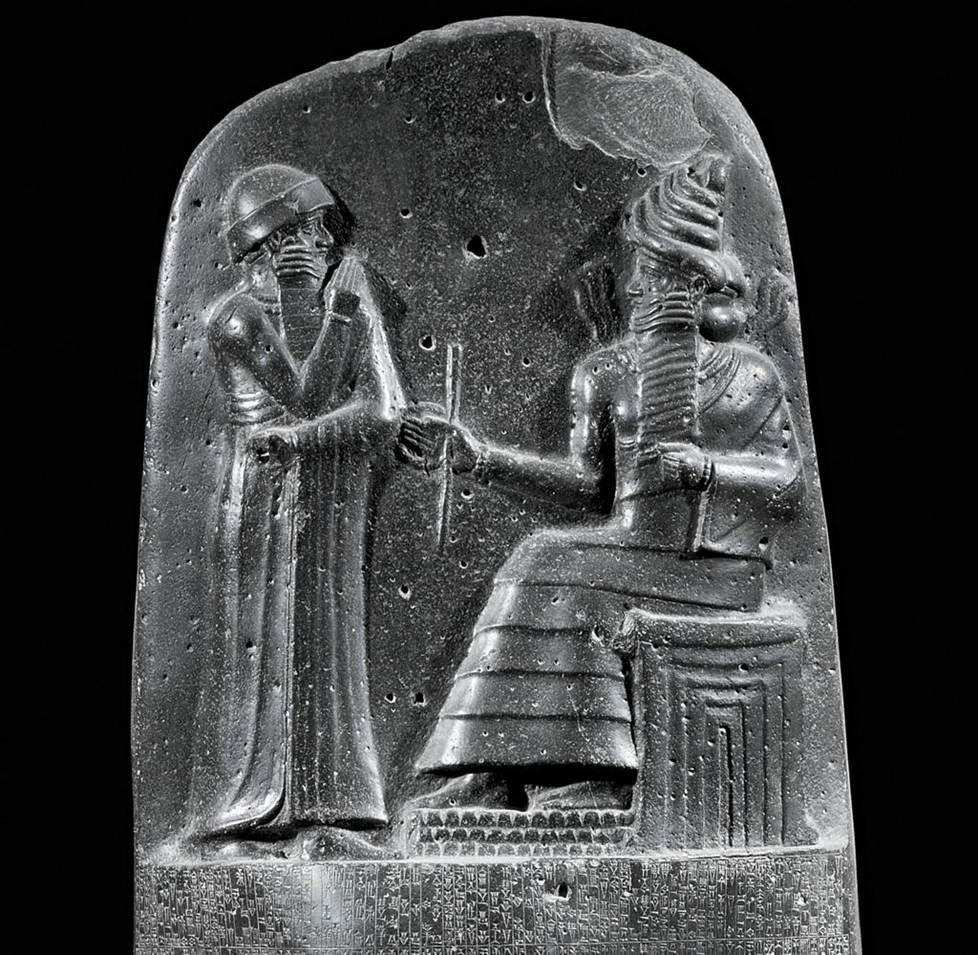|
1/27/2018 interesting Similarities between Ancient Anti-Women laws and Today’s Extremist Islamic LawsRead Now It is interesting to see the similarities between some of the ancient discriminatory laws against women and those present today within religious extremist groups such as Iran’s Islamic regime and Afghanistan’s Taliban. For example, Mesopotamia’s Code Hammurabi (1700 BC) allowed men to easily divorce their wives, particularly if they had not borne children, whereas women could only obtain divorce with great difficulty. [1] A text from third millennium BC says that a wife who contradicted her husband should be punished, even have her teeth smashed with burnt bricks. The man’s power over wife, children and slaves was absolute. And the penalty of an unmarried rapist was to marry the woman he had raped. Men were permitted to take second wives or have sexual intercourse with slaves but adultery by the wife was punishable by death. The rules on veiling—specifying which women must veil and which could not—were carefully detailed in laws such as the Assyrian and Byzantine ones. [1] The veil was used to differentiate between “respectable” women and prostitutes. The similarities between some of these laws to the extremist religious teachings are difficult to dispute. How can these similarities be explained except that they have been passed on from one culture to another throughout centuries and continue in the anti-women laws which Islamic extremists enforce to this day? --------------------------------------------------------------------------------------------------------------------------------------------------------------------
Source: [1] Leila Ahmed. “Women and Gender in Islam.” Yale University Press. https://www.amazon.com/Women-Gender-Islam-Historical-Modern/dp/0300055838 Photo: By Milkau_Oberer_Teil_der_Stele_mit_dem_Text_von_Hammurapis_Gesetzescode_369-2.jpg: Luestlingderivative work: Fred the Oyster (talk) -Milkau_Oberer_Teil_der_Stele_mit_dem_Text_von_Hammurapis_Gesetzescode_369-2.jpg, Public Domain, https://commons.wikimedia.org/w/index.php?curid=9812640 Comments are closed.
|
Details
AuthorSaghi (Sasha) Archives
May 2019
Categories |

 RSS Feed
RSS Feed